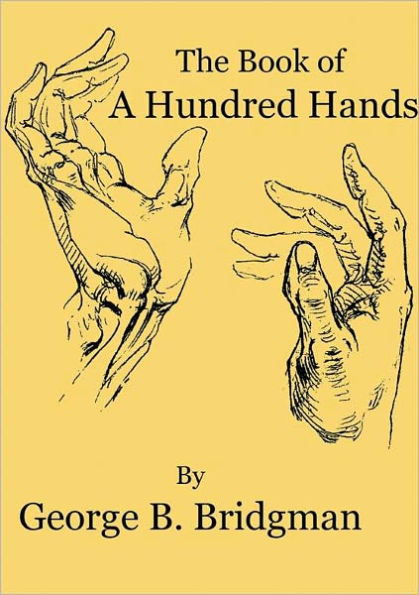Classic guide to drawing the hand by Master Anatomy teacher; George B. Bridgman. Get the "hardest" part of your figure drawing down pat with this excellent guide to drawing the hands from life.
This edition of the book includes all original illustrations, cleaned and optimized for viewing on screen.
The text in the book has been formatted for the Kindle and can be re-sized for easier reading.
Subjects Covered Include:
◦Bones of the wrist
◦Expression
◦Fingers
◦History of the hand in art
◦Knuckles
◦Mechanisms
◦Mechanisms
◦Origin, Insertion and Action of Muscles
◦The Fist
◦The hand (back view)
◦The hand (palmar view)
◦The hand (thumb side)
◦The hand (little finger side)
◦Thumb
◦Veins



